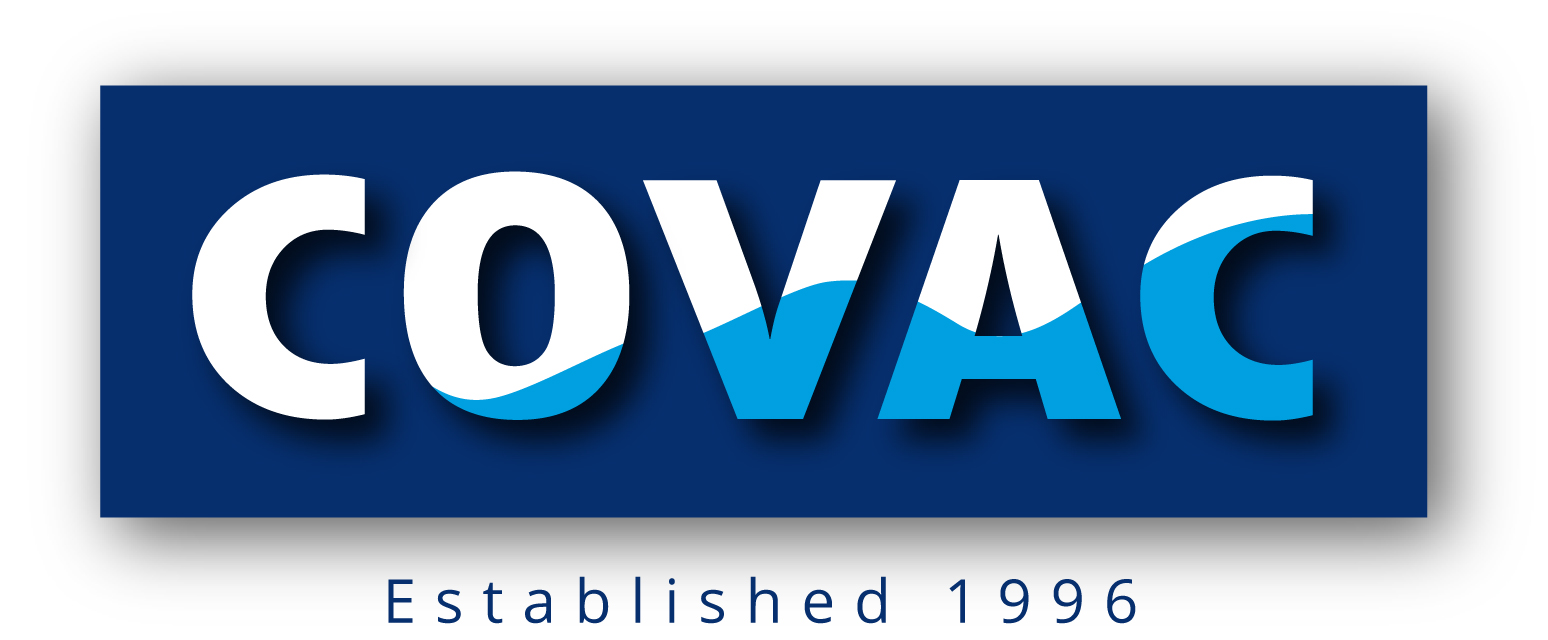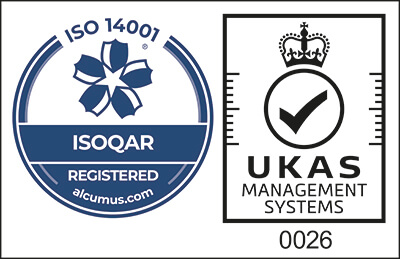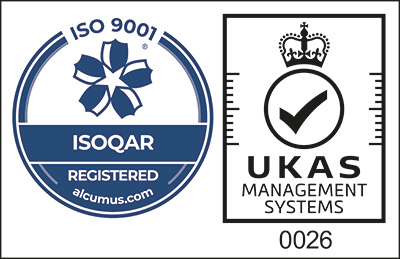
Despite their familiar silhouette, many people still aren’t sure what cooling towers actually do. A cooling tower is used to cool water in industrial processes, commercial buildings and HVAC systems through evaporative cooling.
They work by drawing heat out of water used in large-scale machinery or HVAC systems, then releasing that heat into the atmosphere in a safe and sustainable way. In this article, we explain how cooling towers work and where they are used.
What Does a Cooling Tower Do?
A cooling tower is a water-cooling device that removes heat from a building or industrial system through the process of evaporation. It works as part of a recycling system, where water is reused again and again. The system carries heat away from equipment or machinery and the cooling tower helps cool the heated water so it can be sent back to absorb more heat. This process helps residential and industrial systems such as air conditioning remain at safe and efficient temperatures.
Where Are Cooling Towers Used?
Cooling towers are important in many environments, not just power plants or factories, but also in places you might not expect. Large residential buildings need cooling towers to reject heat from:
- Electrical equipment such as lighting
- Human activity, which naturally generates body heat
- Solar gain, the warming effect of sunlight on the building’s structure.
However, residential buildings are not the only places where heat must be rejected.
- Power stations, where massive amounts of heat need to be removed from turbines and condensers
- HVAC systems
- Commercial buildings such as hospitals and shopping centres
- Industrial facilities where virtually every modern process generates heat that needs to be managed efficiently.
How Does a Cooling Tower Work?
Water in cooling towers is cooled by evaporation in the stream of atmospheric air and by heat transfer through contact with air. Here is how a cooling tower works:
Hot water input
Overheated water generated from industrial processes or air conditioning equipment flows through pipes to the distribution system of the cooling tower.
Even spray distribution
The hot water is distributed over a fill material using a network of spray nozzles that break it into small droplets. As the water trickles down, it forms a thin film over the fill’s large surface area. This even distribution maximises the contact between water and air, leading to better heat loss as the water evaporates.
Evaporative Cooling and Airflow Through the Fill
As hot water flows over the fill, it meets a steady stream of cool, dry air pushed upward by a fan. A small portion of the water evapourates during this process, which uses heat from the remaining water to change it from liquid to vapour. This evaporation is what cools the water down and is known as evaporative cooling.
As the water evaporates, it adds moisture to the air, increasing its humidity. The fan provides fresh, low-humidity air that continuously passes through the fill. This allows the process to keep going efficiently until the air becomes saturated with water vapour.
Droplet separation
Before the warm air exits, a drift eliminator removes most of the entrained water droplets to minimise water loss.
Cooled water collection
The cooled water flows downwards into a catchment tank and is then pumped back into the industrial process system or building to absorb more heat.
This cycle repeats continuously, with water temperature increasing as it passes through an industrial system and decreasing as it passes through the cooling tower.
Key Components of a Cooling Tower
To truly understand what a cooling tower does, it helps to know the important components that work together to remove heat from industrial or HVAC systems. Each part plays an important role in the tower’s efficiency, water conservation and longevity.
Drain
The drain is the lowest discharge point in the cooling tower basin. It’s used to remove water from the system during routine maintenance or control water quality through blowdown. This is the process of containing impurities to prevent scaling and corrosion.
Drift Eliminator
When you see the white plume rising from a cooling tower, that’s not smoke; it’s actually water vapour. Along with this vapour, tiny droplets of water (called drift) can escape the tower, causing water loss.
A drift eliminator is installed on the air discharge side of the cooling tower to dramatically reduce this water loss. It consists of a series of carefully angled blades that force water droplets to change direction multiple times. While air flows freely through, water droplets collide with the blades, condense and then fall back into the basin. This recycling process helps conserve a significant amount of water that would otherwise be lost to the atmosphere.
Fan
Fans move air through the cooling tower and come in several designs: axial, centrifugal and crossflow. Depending on the cooling requirements, different fans are selected based on their airflow capacity and pressure characteristics. Fans either force or induce airflow to maximise the evaporation process, which is key to the tower’s heat removal efficiency.
Trust COVAC for Long-Term Cooling Tower Protection
Since cooling towers play such an important role in heating, ventilation and air conditioning, it’s important they are maintained too. It’s a constant cycle and leads to structural deterioration and corrosion, which should not be left untreated.
For over 25 years at COVAC, we have relined and refurbished cooling towers to combat corrosion, prevent leaks and help with essential Legionella control. Our team of fully qualified water tank engineers uses WRAS-approved coatings to ensure long-term durability, compliance and safety. Call 01455 556631 or complete our contact form today and let COVAC protect your cooling tower for the long term.
Learn more about corrosion in cooling towers in our full guide.










